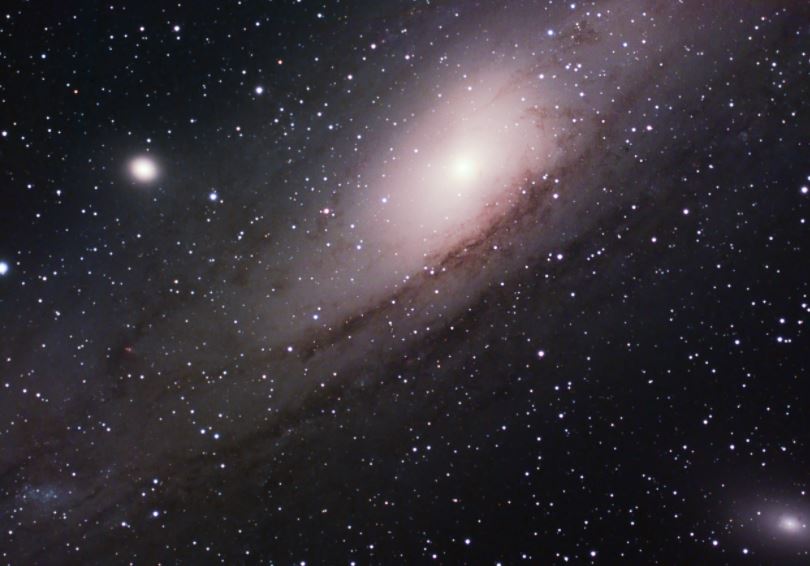What is Microsoft's 'Polaris' project?

Last year, that elusive Microsoft sleuth "The Walking Cat" unearthed a new Microsoft codename: Polaris.

Since then, a number of us Microsoft watchers have been trying to piece together what this thing is and how it fits into Microsoft's vision for Windows.
Recently, Windows Central has taken a couple of updated stabs at explaining what Polaris seems to be. I'm ready to try to give this a shot, based on recent conversations with my sources.
As Microsoft historians know, Microsoft has been working to modularize/componentize Windows for years by undoing the dependenices buried in hairball that is Windows. When Microsoft revealed its "OneCore" vision/plan a couple of years ago, officials said that the different flavors of Windows all were running on the same core.
That, as it turns out, was more than a bit of an oversimplification. Microsoft is trying again to unify the platform across device types with its AndromedaOS and C-Shell projects.
A quick refresher: AndromedaOS, now known internally at Microsoft as Windows Core OS, is Microsoft's latest attempt to create a common core, or base, for Windows 10 on its various platforms. Windows Core OS does not run Win32 apps; it's being built as a Universal Windows Platform (UWP) play. C-Shell, or composable shell, is Microsoft's attempt to create a common shell that will work on top of this common core.
The first device from Microsoft expected to run both Windows Core OS and C-Shell is the rumored Andromeda mobile device that could feature dual screens. I don't know when Microsoft will unveil Andromeda, but I'd think not until late this year or early next, at the earliest.
Microsoft also will bring Windows Core OS and C-Shell to its other Windows platforms, with HoloLens, IoT, Surface Hub and Xbox likely the next candidates, given they are less legacy/Win32 constrained. Codenames for the shells for some of these projects include Oasis (for mixed reality) and Aruba (for Surface Hub).
Microsoft's biggest challenge will be making Windows Core OS and C-Shell the underpinnings for desktop PCs, given Windows Desktop's greater complexity and reliance on legacy Win32.
Finally we get to Polaris.
Polaris is the name for Microsoft's effort to build a desktop Shell using C-Shell that will run on top of the Windows Core OS, as the Italian Surface blog, along with others, claimed last Fall.
Rest easy, UWP haters/doubters: Polaris is not meant to replace the current Windows 10 desktop shell on today's Windows 7/8/10 PCs. Polaris is a shell running on top of Windows Core OS, not Windows as it currently exists. Who knows if and when Polaris will ever actually come together. It's definitely more of a what-if kind of "project" than "product" for now.
Some day... maybe... possibly, Polaris plus Windows Core OS plus C-Shell could (theoretically, at least) replace Windows 10 S as Microsoft's attempt at providing a "modern" PC operating system that will only run UWP apps and have better battery life. Maybe it will even finally give Microsoft a way to deliver Continuum -- the ability to use a Windows mobile device with a larger screen and a keyboard -- in a way that makes more sense.
Microsoft execs, unsurprisingly, aren't willing to talk about Windows Core OS, C-Shell and/or Polaris. It's OEMs and developers, not end users, who actually will need to understand these products and projects, so I'm not sure how/when/if Microsoft will disclose anything about them publicly.